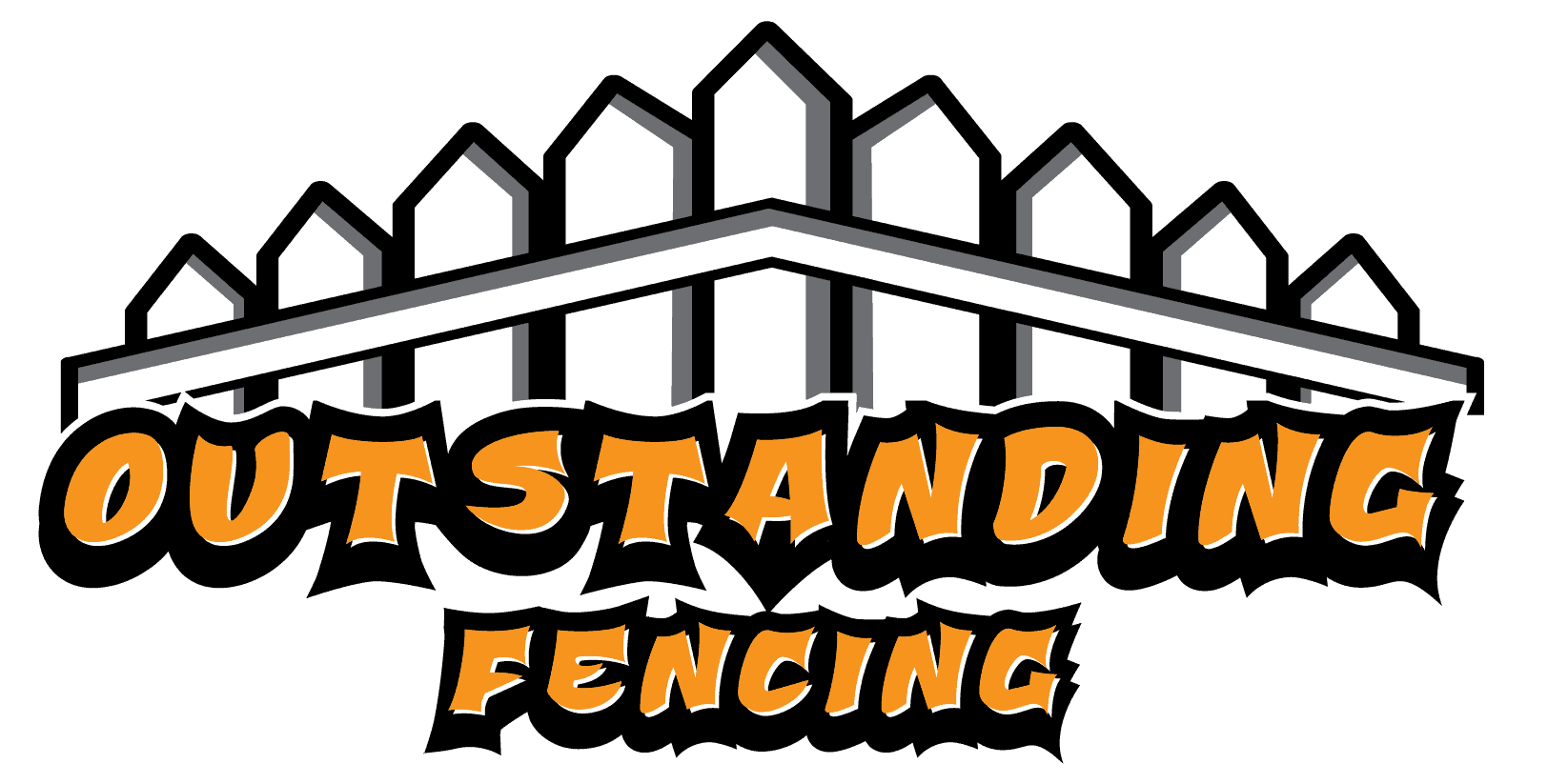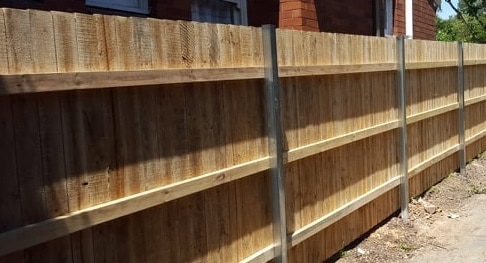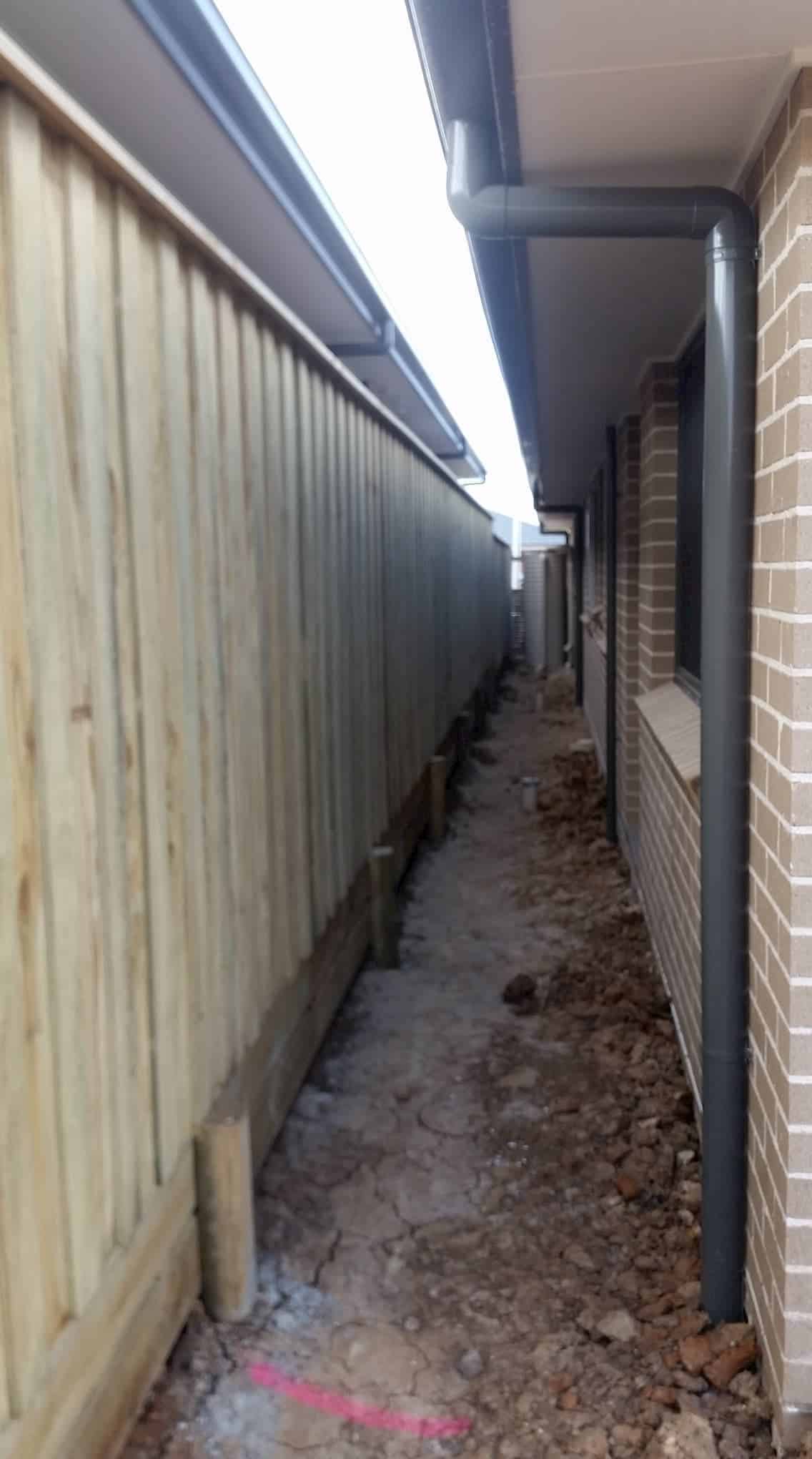How Much Does a Timber Fence Cost: Buyer Guide
A Guide to Timber Fence Prices
Considering a timber fence for your home? Such fences are not only aesthetically pleasing, offering a natural, rustic charm, but they also enhance privacy and security. However, before diving into this project, it’s essential to understand one crucial aspect: the cost.
Timber Fence Pricing in Melbourne: An Overview
In Melbourne, the starting cost for a simple timber paling fence, standing at 1.8 meters, is approximately $150 per linear meter, though prices typically begin at $170 per linear meter for professional installations, covering both materials and labor.
Introduction to Timber Fences
What Defines a Timber Fence? Timber fences, constructed from wooden posts, rails, and either pickets or panels, are a traditional and adaptable fencing option. They can be customized in style and size to suit various settings, from homes to businesses.
Why Opt for Timber Fencing? Timber is sought after for its classic beauty, natural look, and versatility. It complements various architectural designs, offering a warm welcome while ensuring privacy, security, and durability with proper upkeep.
The Significance of Cost Estimation Prioritizing a budget based on cost estimation ensures you achieve the desired fence without financial strain. Let’s delve into the factors affecting timber fence costs.
Cost Influencers for Timber Fences
Building costs for timber fences vary greatly due to several factors. Understanding these can help you draft a more accurate budget.
- Fence Size: The length and height significantly affect costs, with larger dimensions requiring more materials and labor.
- Wood Type and Quality: The timber choice impacts price, with hardwoods like jarrah or redwood being pricier than softwoods such as pine. Quality also plays a role, with higher-grade wood commanding a premium.
- Fence Design: From simple paling to intricate picket fences, design complexity and material needs influence final costs.
- Additional Features: Gates, staining, or decorative details add to the expense but enhance functionality and appearance.
- Location and Access: Installation costs can vary based on your property’s location and accessibility.
- Labor Charges: Whether opting for DIY or professional installation affects your budget significantly.
Breaking Down Timber Fence Costs
To accurately gauge your timber fence project’s cost, consider how different components affect overall expenses.
- Timber Costs: Your selection between hardwood and softwood directly affects the budget, with hardwood being the costlier but more durable option.
- Design Costs: Different fence styles entail varying costs due to material and construction complexity.
- Additional Expenses: Features like gates or staining add to the base cost but are worth considering for enhanced appeal and functionality.
- Labor Costs: The choice between DIY and professional installation will affect the total cost. Quotes from reputable installers can provide a clear cost comparison.
Securing an Accurate Installation Quote
A comprehensive approach, considering various factors, is vital for obtaining an accurate timber fence installation quote.
- Factors Considered: Professional quotes take into account the fence’s dimensions, wood type, style, additional features, and labor costs, along with location and property access.
- The Value of On-Site Evaluations: For precise quotes, reputable installers often conduct thorough on-site assessments.
- The Benefit of Multiple Quotes: Comparing quotes can ensure competitive pricing and provide negotiation leverage.
Timber Fence Cost: Real-Life Examples
Exploring case studies offers insight into the real-world costs of timber fencing, such as a suburban timber paling fence costing around $1,500 for a 10-meter length at 1.8 meters height, installed by professionals.
Cost-Effective Timber Fence Installation Tips
Maximize your budget with these tips:
- DIY vs. Professional Installation: Consider the pros and cons of each to decide which option suits your situation best.
- Maintenance: Regular upkeep can extend your fence’s life and save money over time.
- Negotiation: Don’t hesitate to discuss budget and cost-saving measures with installers.
FAQs: Navigating Timber Fence Costs
- Basic Timber Paling Fence Cost: Prices range from $150 to $300 per linear meter, influenced by wood type, height, and location.
- Fence Length and Cost: Longer fences will naturally cost more due to increased material and labor requirements.
- Budgeting for Fence Staining: Expect to spend $1.50 to $4.50 per square foot for staining, based on fence size and stain quality.
- DIY Savings: While self-installation saves on labor costs, it demands time, skills, and the right tools.
- Choosing Between Hardwood and Softwood: Hardwoods offer durability at a higher cost, while softwoods are more affordable but may need more maintenance.
- Benefits of Professional Installation: Experts provide quality assurance and handle regulatory compliance.
Conclusion: Quality vs. Budget in Timber Fencing
Finding the balance between quality and budget is key when it comes to building a timber fence. By carefully considering various factors, such as the style of the fence, the type of timber, the overall length and height, and any additional features, you can ensure that you invest wisely in your property’s enhancement. Obtaining multiple quotes and considering both the short-term and long-term costs, including maintenance, will help you make an informed decision.
Whether you decide on a charming picket fence or a more secure, private option, the right timber fence can significantly improve your property’s curb appeal, privacy, and security. Armed with the knowledge of what influences the cost of a timber fence and how to manage your budget effectively, you are well-equipped to proceed with your timber fence installation.
Remember, the lowest price may not always offer the best value. Factors such as the quality of materials, craftsmanship, and the reputation of the fence installer should also be considered. Investing in a well-constructed timber fence by a reputable professional can save you money in the long run by minimizing repair and replacement costs.
In summary, a timber fence is a valuable addition to any property, but its benefits come with costs that need careful consideration. By understanding the factors that affect the price, exploring real-life examples, and following tips for cost-effective installation, you can navigate the process smoothly. This comprehensive approach will help you balance quality and budget effectively, ensuring that your timber fence meets your needs and enhances your home for years to come.
Click here to Get a quote for your timber fence!


